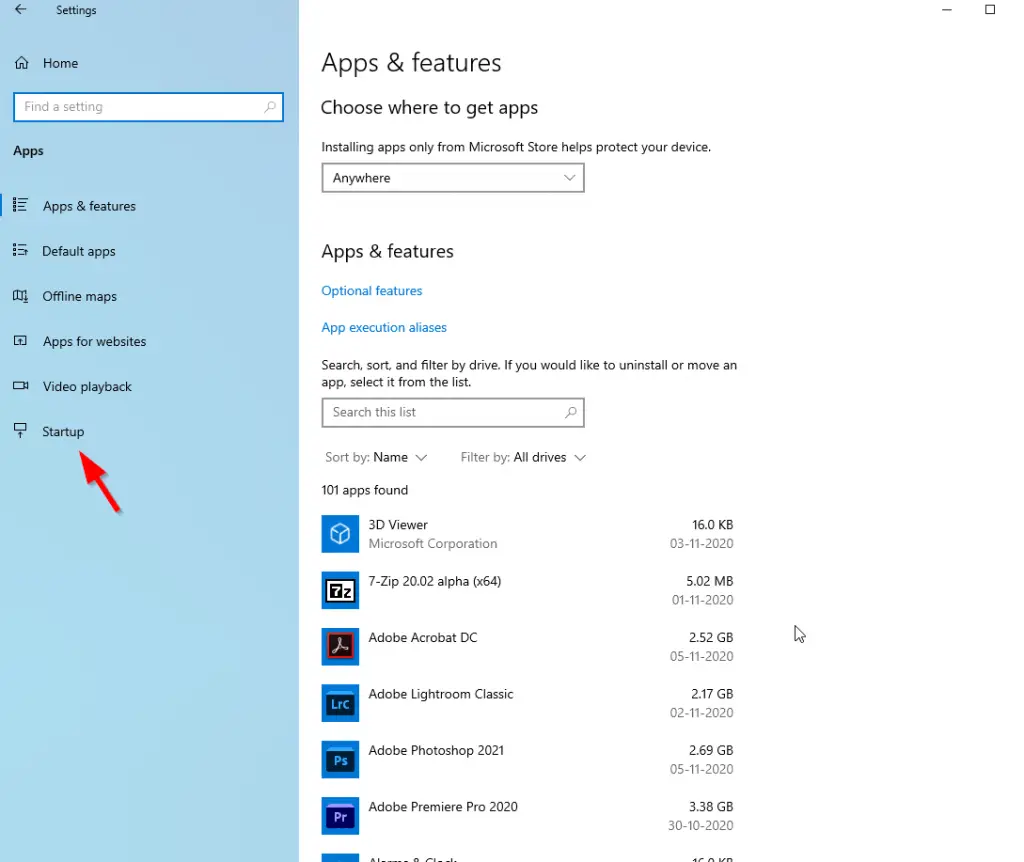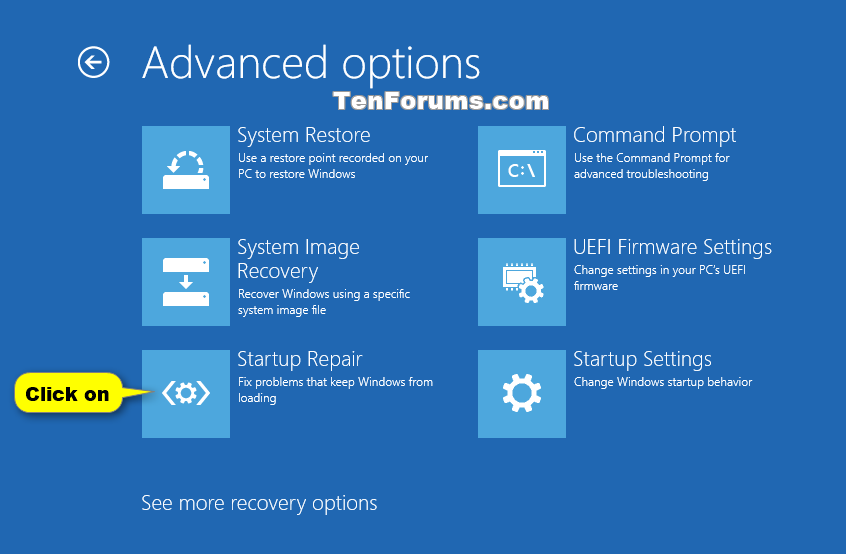


Add a shortcut in the Startup folder to launch a program when your PC starts. When he isn't working on a computer or DIY project, he is most likely to be found camping, backpacking, or canoeing. To access the Startup folder on Windows 10, press Windows+R and enter 'shell:startup' into the Run window.

He has designed crossovers for homemade speakers all the way from the basic design to the PCB. He regularly repairs and repurposes old computers and hardware for whatever new project is at hand. He enjoys DIY projects, especially if they involve technology. He also uses Proxmox to self-host a variety of services, including a Jellyfin Media Server, an Airsonic music server, a handful of game servers, NextCloud, and two Windows virtual machines. He has been running video game servers from home for more than 10 years using Windows, Ubuntu, or Raspberry Pi OS. Nick's love of tinkering with computers extends beyond work. In college, Nick made extensive use of Fortran while pursuing a physics degree. Before How-To Geek, he used Python and C++ as a freelance programmer. He has been using computers for 20 years - tinkering with everything from the UI to the Windows registry to device firmware. This location is the Windows Task Manager.Nick Lewis is a staff writer for How-To Geek. You can only enable or disable those currently inside of the Startup folder. The only difference is that programs cannot be added or removed. There is one area that enables you to interact with the Startup function, which contains all of the programs found inside of the folder. Boot your laptop or PC and you will see the programs, files, and folders run automatically. Alternatively, the user can copy the files and folders and paste them into the startup folder. Simply, drag and drop it into the startup folder.

Attempting to understand why a certain application isn’t opening, or when working with applications that feature user-based licensing or access restrictions will require you know which Startup Folder to configure. Locate the files or folders that you want to run at startup. Understanding the distinction between the All Users and Current User Startup Folders is important when it comes to troubleshooting. Each account will contain a unique Startup Folder in addition to the universal Startup Folder. The second one only really matters if you have multiple accounts on your Windows 10 computer. Open the start menu, type 'Startup Apps' (to search for it) and click any of the results. In Windows 10 Open the Startup Apps Control Panel. This will make it a startup application with a status of 'enabled'. In this folder, paste the shortcut of your desired app. One Windows 10 Startup folder operates at the system level and is shared among all user accounts (All Users folder), while the other operates at a user level and is unique to that user’s account (Current User folder). Navigate to \Microsoft\Windows\Start Menu\Programs\Startup. When it comes to the Windows 10 Startup folder, it can be found in two different locations.


 0 kommentar(er)
0 kommentar(er)
